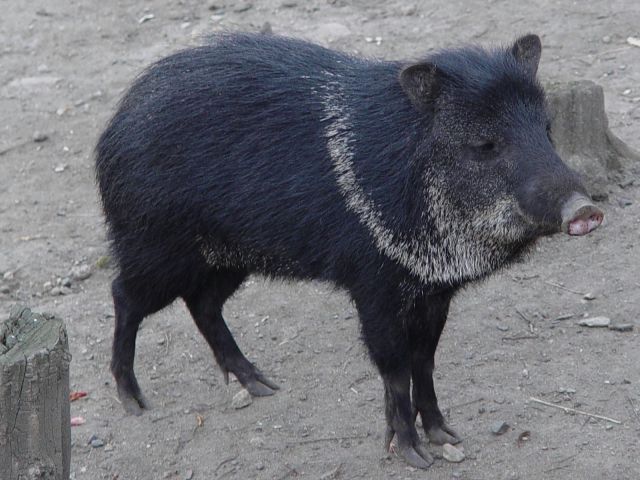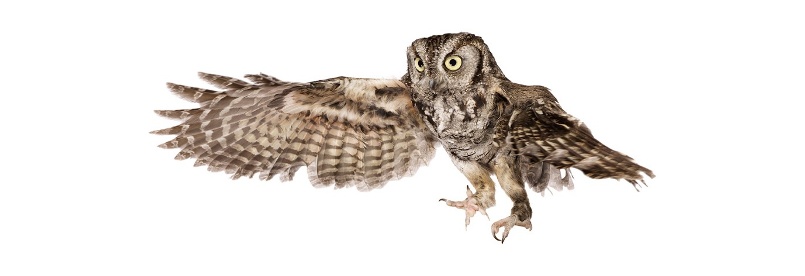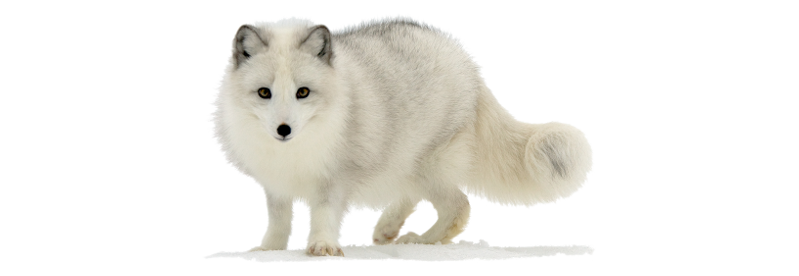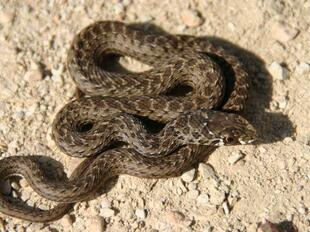
Collared peccary(Pecari tajacu)
Phylum —chordata
Class — mammalia
Order — artiodactyla
Family — tayassuidae
Genus – pecari
Appearance
The collared peccary stands around 510–610 mm (20–24 in) tall at the shoulder and is about 1.0–1.5 m (3 ft 3 in–4 ft 11 in) long. It weighs between 16 and 27 kg (35 and 60 lb).
Coarse coats of these animals are a "salt and pepper" color with a hint of yellow on the cheeks. The white "collar" running around their shoulders and necks gives them their name. Collared peccaries have large, ovular heads and flat snouts. They have sharp, straight tusks that fit tightly together. Their legs seem slender under their proportionally large bodies.
Habitat
Collared peccaries are represented by as many as 14 sub-species. They are endemic to Nearctic and Neotropical regions. These peccaries have a rather large area of distribution, stretching from South America (northern Argentina) to Central America and as far north as the southern portions of Arizona, New Mexico and Texas in the U.S. Populations in South and Central America occupy tropical rainforests, while those in the U.S. typically live in Saguaro deserts with mesquite environment, dominated by prickly pear cacti.
Behavior
Collared peccaries are diurnal creatures that are active during the daytime hours. They are also highly social animals, gathering in considerably large groups of up to 50 individuals, led by a single alpha male, which mates with females of the group. Community members usually form close bonds between each other. They also practice mutual grooming, which is thought to enhance interpersonal relationships. Males typically engage in harsh competition, which rarely results in mortality.
Collared peccaries display very territorial behavior, marking their home ranges with special scent glands, found on their rump. Scent marking occurs through rubbing the hind part on the ground or on tree bark. This form of communication allows group members to recognize each other. Communication system of this species includes several sounds such as an alarm call, aggression display or a submission sound.
Diet
Collared peccaries generally maintain herbivorous diet, which varies depending on geographical range. Thus, populations on southern parts of their range mainly rely on roots, bulbs, fungi and nuts, supplementing this diet with fruits, eggs, carrion, snakes, fish and frogs. Meanwhile, those in the north prefer roots, bulbs, beans, nuts, berries, grass and cacti.
Reproduction
Collared peccaries exhibit a polygynous mating system, where a single alpha male mates with females of the group and defends his mating rights against other males of the area. These animals don't display a specific breeding season and instead may breed throughout the year.
Gestation period lasts for up to 150 days, yielding 1 - 5 young. Females usually leave the group for one day prior to giving birth, in order to protect their young. After a short while, the newborn peccaries begin following their mother. Young peccaries are weaned at about 2 - 3 months of age. However, they remain with their mother for the first 11 - 12 months of their lives, after which they reach maturity. The age of reproductive maturity is 8 - 14 months old for females and 11 - 12 months old for males.
In captivity
These animals have a life span of up to 24 years, which was observed in captivity.
Keeping peccaries is not much different from keeping boars or domestic pigs: the same pens with an open area for walking and a covered area (pigsty), the same diet consisting of vegetables and herbs. Once a week, protein (waste) should be added to the main food. And of course, you need to add vitamins and minerals to the feed.
The only thing the keeping of peccaries differs from the keeping of pigs is that peccaries are more heat-loving. So the covered part of the pigsty should be heated during the winter. This can be an ordinary incandescent light bulb closed by a box, or a heater. And, of course, there should be more straw.
 Russian
Russian
 English
English
























